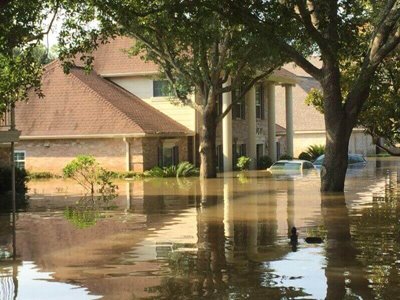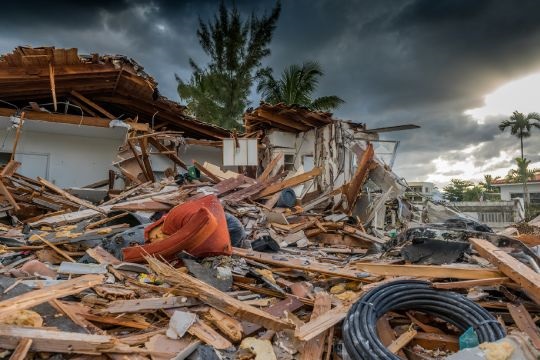Unlike tornadoes and earthquakes, hurricanes can be forecast several days ahead of landfall, giving residents time to take precautions. For those in the path of a hurricane:
● Board up windows and secure loose items like patio furniture
● Know where to go in the event of an evacuation and how to get there; establish an assembly point for family members to meet if separated, and choose one person everyone can contact with their whereabouts and status
● Take shelter in a sturdy building; avoid isolated sheds or other small structures, open areas, hilltops, the beach or boats
● If you are driving in heavy rain, try to safely exit the road, stay in the vehicle and turn on the emergency flashers
● Never drive into flooded areas; if flood waters rise around your car, abandon the car and move to higher ground
● Contact your local emergency management agency for information
● Avoid contact with electrical equipment, cords, metal and water
● Listen for warning sirens, stay away from windows and exterior doors, and seek shelter in a bathroom or basement
● Stay indoors until authorities tell you it's safe to go outside
● Hurricanes can cause massive flooding
● Learn about safe cleanup from local authorities, or visit www.cdc.gov
● Get hurricane updates from the Federal Emergency Management Agency
Response and Recovery
 Image provided by Cory Worden.
Image provided by Cory Worden.Hurricanes Harvey and Irma in Texas and Florida in 2017 were devastating. Safety specialist Cory Worden experienced first-hand the devastation caused by Harvey.
"With the citywide response to and recovery from Harvey still entirely under way, several near-miss events have occurred," he said days after the storm.
Worden offered the following safety tips for first responders and others working to get residents back in their homes safely:
● Make sure electricity is turned off to avoid electrocution
● While attempting to return to a flooded home to gather belongings, beware of stepping into a swimming pool or manhole not visible beneath the flood water; this could lead to drowning
● Do not wade through flood water without protective equipment; flood water could contain enormous amounts of bacteria, oil, hazardous materials, solid waste and other contaminants that if ingested, absorbed or inhaled can cause illness or death
● In areas with mold, mildew or other respirable hazards, facial hair will break the seal on a respirator; it's extremely important to maintain a seal to prevent inhalation of contaminants, so remove any facial hair
● Heat and humidity can easily cause heat stress or worse, so take proper work/rest cycles and hydrate
Anatomy of a Hurricane
A hurricane is a tropical cyclone that forms in both the Atlantic and Pacific oceans, the Caribbean Sea and the Gulf of Mexico. They are among the most destructive forces in nature. Hurricane season runs from June through November, peaking in early to mid-September. But hurricanes can happen any time.
While hurricane winds and tide surge pose a tremendous threat to life and property, resulting heavy rains and tornadoes also cause extensive damage. This Tropical Cyclone Guide from the National Oceanic and Atmospheric Administration provides extensive information on the anatomy of a hurricane and ways to prepare.
Tropical storms and depressions also can cause major damage. Even if a storm doesn't reach the maximum sustained wind speed of 74 miles per hour to classify as a hurricane, the 39 to 73 mile-per-hour winds of a tropical storm, along with heavy rains and tornadoes, can cause loss of life and property.


